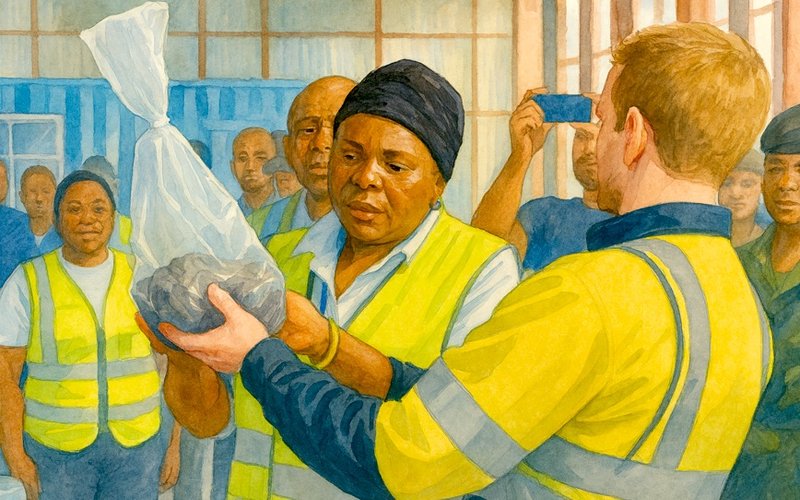Chilwa Minerals (ASX: CHW) has confirmed the first carbonatite discovery at the high-priority Mpyupyu target within its Lake Chilwa critical minerals project in southern Malawi, after assays from a diamond drilling campaign returned elevated total rare earth oxide (TREO) grades.
The company useed mass spectrometry to analyse the second of 47 geophysical anomalies it identified during an airborne radiometric and magnetic survey in late 2024.
Chilwa regards the anomalies as potential rare earth elements (REE) targets characterised by thorium, potassium, magnetic signatures, and zoned intrusive bodies.
Consistently Elevated Grades
Chilwa reported peak values of 2,935 parts per million TREO from 155m downhole, supporting the interpretation of a mineralised syenite-fenite system, along with consistently elevated REE grades throughout the saprolite and into fresh syenite-fenite basement.
Best intercepts included 1,567pmm TREO over 48.5m from 73.2m downhole, and 1,545pmm TREO over 33m from 132.9m downhole, with the company of the belief that the mineralisation is the predominantly light niobium-enriched REEs associated with sulphide alteration.
Drilling at Mpyupyu has shown that REE concentrations in the weathered rock and transported overburden as a potential example of a second, supergene enrichment-style of REE deposit.
Significant REE System
Managing director Cadell Buss said the carbonatite discovery supported the company’s belief that a significant REE system exists within the Lake Chilwa tenement areas.
“Our comprehensive exploration program across this established carbonatite and REE district included airborne geophysical surveys and soil geochemistry sampling, and our analysis yielded positive results,” he said.
“The combination of consistent TREO values and discrete higher-grade zones aligns with our targeting model and provides encouragement as drilling at Mpyupyu continues.”
The elevated REE grades, as well as the intercepted lithologies, confirm the target as a REE mineralised intrusive complex, and Chilwa aims to conduct ongoing work to help understand the overall structure and inform further exploration drilling.
